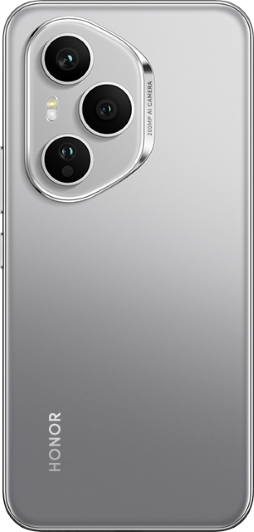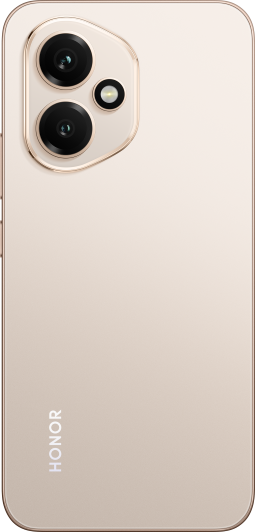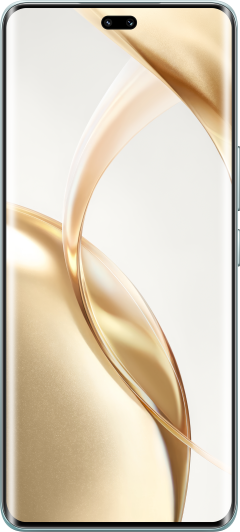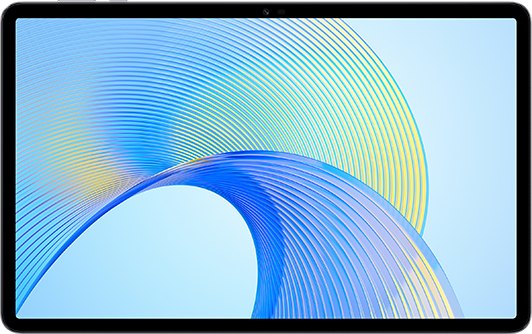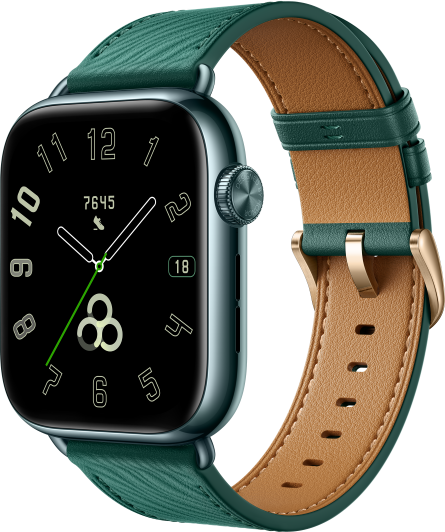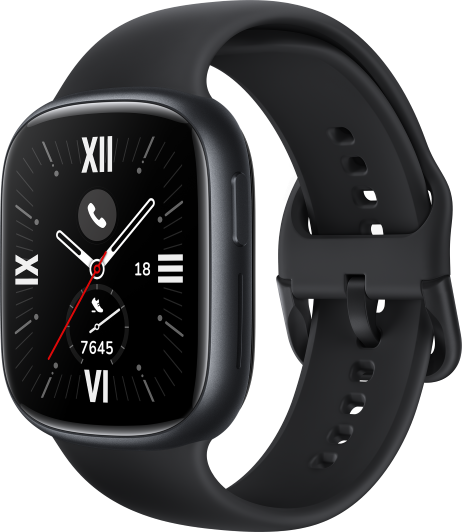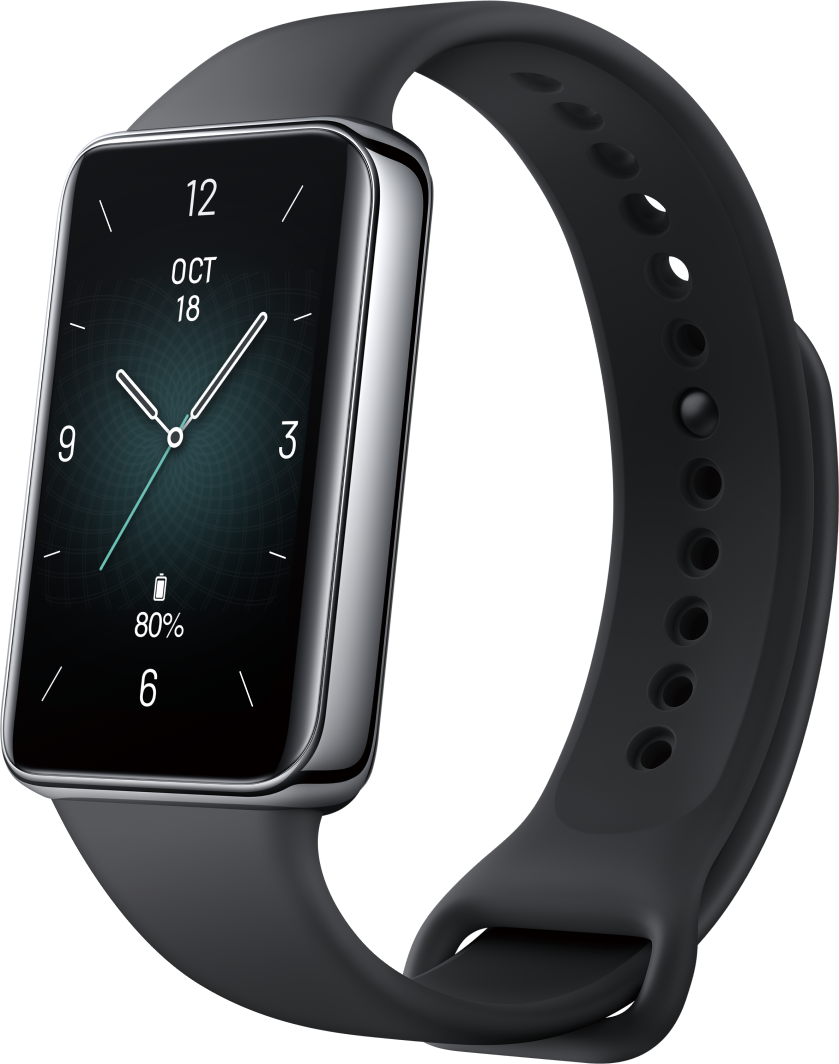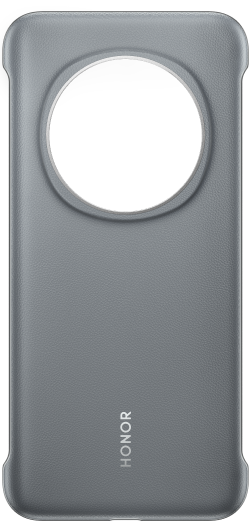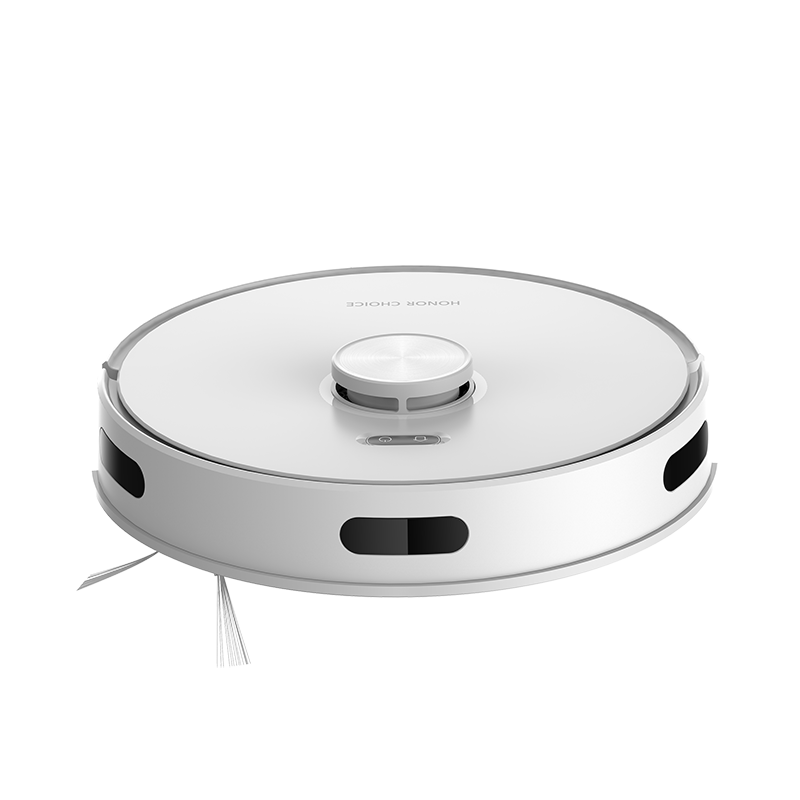TOP

我的荣耀 开启荣耀之旅
To log in to your account, you must first agree to the HONOR PLATFORM TERMS OF USE and HONOR Platform Privacy Statement. If you do not agree, you may only browse the site as a guest.

How Many Amps Is a Phone Charger and Is Mine Enough?
Almost everyone carries a smartphone wherever they go. We use it for various functions such as entertainment, communication, and even curating our lives through pictures or videos. With such heavy usage, keeping these devices powered is crucial, so we need to understand the output current of mobile phone chargers. This blog will explore how many amps a phone charger uses, the factors that influence it, and compare the differences between standard and fast chargers. Understanding these aspects can significantly enhance how efficiently you can charge your device, ensuring it keeps up with your daily demands.
The Importance of Output Current of a Mobile Phone Charger
Older phone chargers have 0.5 to 1.0 amp. In contrast, most fast mobile phone chargers typically range between 1.5 and 3 amps. The output current plays a crucial role in charging, influencing how fast your phone charges.
A charger with a higher amp rating charges your mobile phone faster. However, it can cause overheating and affect your phone’s battery health. Conversely, a charger with a lower amp rating charges your smartphone much slower but is generally much safer.
Hence, using a charger within your smartphone’s recommended range is best. To find how many how many amps does a phone charger use and what it requires, use any of the following methods:
● Check your phone’s user manual for the manufacturer’s recommended amperage.
● Look at the print or sticker in your phone’s original charger. The amperage is usually denoted as “amps” or “A.”
● Go to your smartphone's battery or system settings to understand the required amperage.
● Download a charging monitor app that displays the amperage your phone draws when charging.
What Are the Causes that Affect the Output Current?
We’ve known that when you plug your phone into a charger, the output current is crucial in how fast your device charges. This current depends on various factors. The charger's design, the phone's capability, and the condition of the charging cable all contribute to the efficiency of the charging process. Each element works together to deliver the right amount of power to your phone. Let’s break down how these factors affect output current.
● Charger Specifications: The design and specifications of the charger itself play a crucial role. Chargers vary in terms of maximum output current and voltage, which directly influences how quickly they can charge a device.
● Condition of the Charging Cable: Worn out or damaged charging cables can lead to reduced current flow, which decreases charging efficiency. High-quality cables are essential for maintaining optimal current transfer.
● Compatibility Between Charger and Device: Not all chargers are compatible with all devices. Mismatched chargers might not only charge slower but can also risk damaging the device or the charger.
● Battery Condition: The health and current capacity of the device's battery affect how it receives and stores charge. Older batteries may not charge as efficiently, impacting the overall current intake.
● Environmental Factors: Temperature and humidity can affect electronic components, including chargers and batteries. Extreme conditions can lead to less efficient charging or even safety risks.
● USB Port Condition: The condition of the USB port on the device can also affect the charging process. Dirt, debris, or damage in the port can impede the connection, resulting in lower current flow.
Differences in Output Current between Standard Chargers and Fast Chargers
Standard chargers use basic charging protocols with a USB battery charging 1.2 for Android Phones, which supports up to 1.5 amps (7.5 watts). Meanwhile, older Apple chargers used a proprietary 1 amp (5-watt) charger before adopting USB Power Delivery (PD).
Conversely, fast chargers employ cutting-edge technologies such as USB Power Delivery (PD) and Qualcomm’s Quick Charge, enhancing their charging capabilities significantly. USB PD can output as much as 10 volts at 6 amps, totaling up to 60 watts, while Qualcomm’s Quick Charge 5 can deliver similar levels, offering fast charging solutions. A prime example of efficient charging technology is the HONOR Magic V2, which supports 11V/6A SuperCharge. This allows you to fully charge its 5000mAh battery in just 50 minutes. Another choice is HONOR Magic6 Pro, standing out with its 80W (20V/4A) SuperCharge, requiring less charging time.
These fast chargers not only provide quicker charging times but also feature sophisticated heat management systems, significantly reducing the likelihood of overheating during use.
Conclusion
Smartphones are only as good as their chargers, especially for heavy users who can drain a fully charged battery in less than a day. Remember, how many amps is a phone charger depends on various factors such as its type, specifications, quality, and technology. So be sure to check if you have the right charger for your smartphone if you want ultra-fast charging.
FAQ
How Much Current Does a Typical Phone Consume While Charging?
Many mobile phones consume around 1-2 amps of current when the battery is low. When the phone’s battery nears full capacity, the charger reduces its current to minimize heat generation while prolonging the battery’s life.
How Many Amperes Can a Charger Provide?
It depends on what type of charger you are using for your smartphone. Standard phone chargers often provide 1-2 amps of current. Meanwhile, fast chargers have an output of 3 or more amps. The charger's amperage rating should match or exceed the phone's maximum charging current to ensure efficient and safe charging.
Can I Use a Charger with Different Output Current than a Regular Charger to Charge My Phone?
You can charge your phone using a charger with a different output current rating. The phone will request the appropriate current from the charger based on its charging requirements. However, using a charger with a significantly lower current rating than recommended may result in slower charging times.
Source: HONOR Club
SUBSCRIPTION
I agree to receive the latest offers and information on HONOR products through email or IM (e.g. WhatsApp) provided below and advertisement on third-party platforms. I understand that I can unsubscribe anytime according to Chapter 5 of HONOR Platform Privacy Statement.
CONTACT
Honor Technology (Malaysia) Sdn Bhd
(Registration No.: 202101003804)
1800-88-5645
9:00 AM - 6:00 PM
Copyright © Honor Device Co., Ltd. 2020-2025. All rights reserved.
We use cookies and similar technologies to make our website work efficiently, as well as to analyze our website traffic and for advertising purposes.
By clicking on "Accept all cookies" you allow the storage of cookies on your device. For more information, take a look at our Cookie Policy.
Functional cookies are used to improve functionality and personalization, such as when playing videos or during live chats.
Analytical cookies provide information on how this site is used. This improves the user experience. The data collected is aggregated and made anonymous.
Advertising cookies provide information about user interactions with HONOR content. This helps us better understand the effectiveness of the content of our emails and our website.
